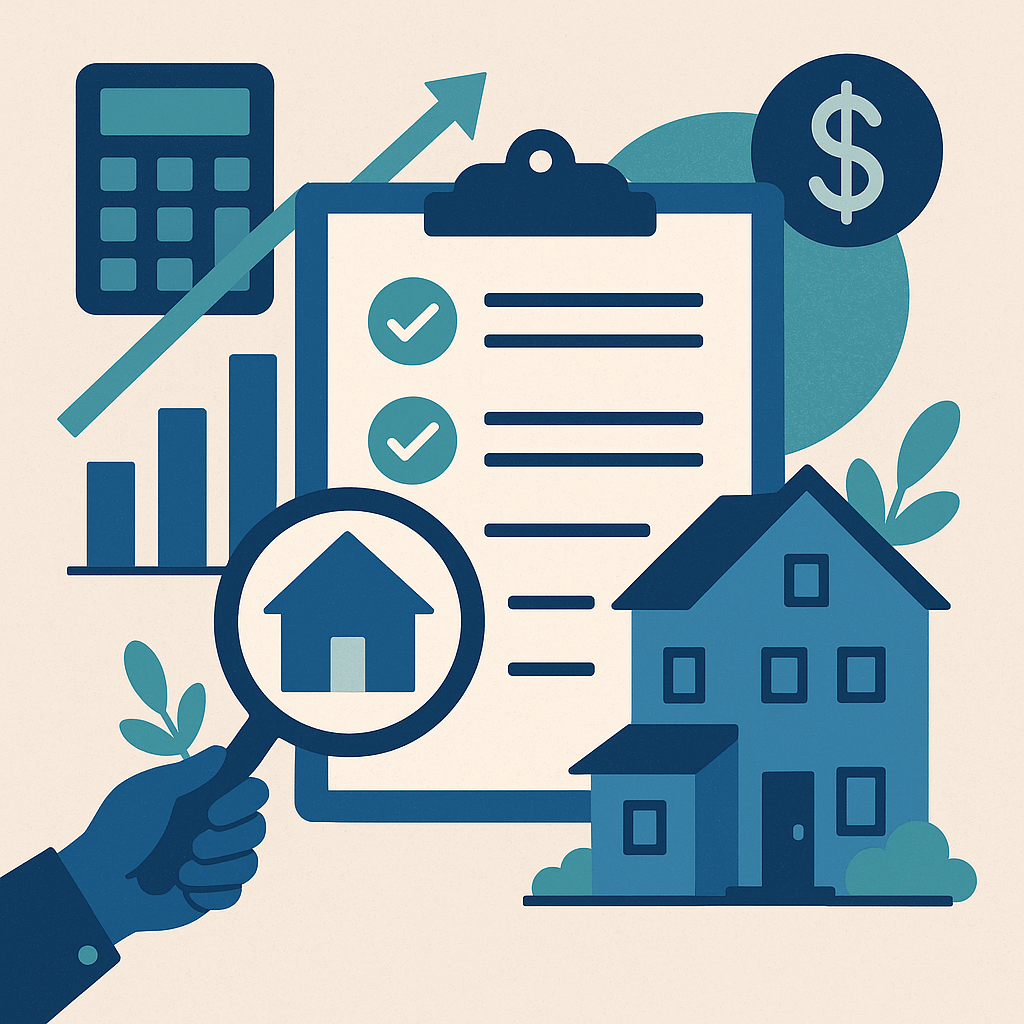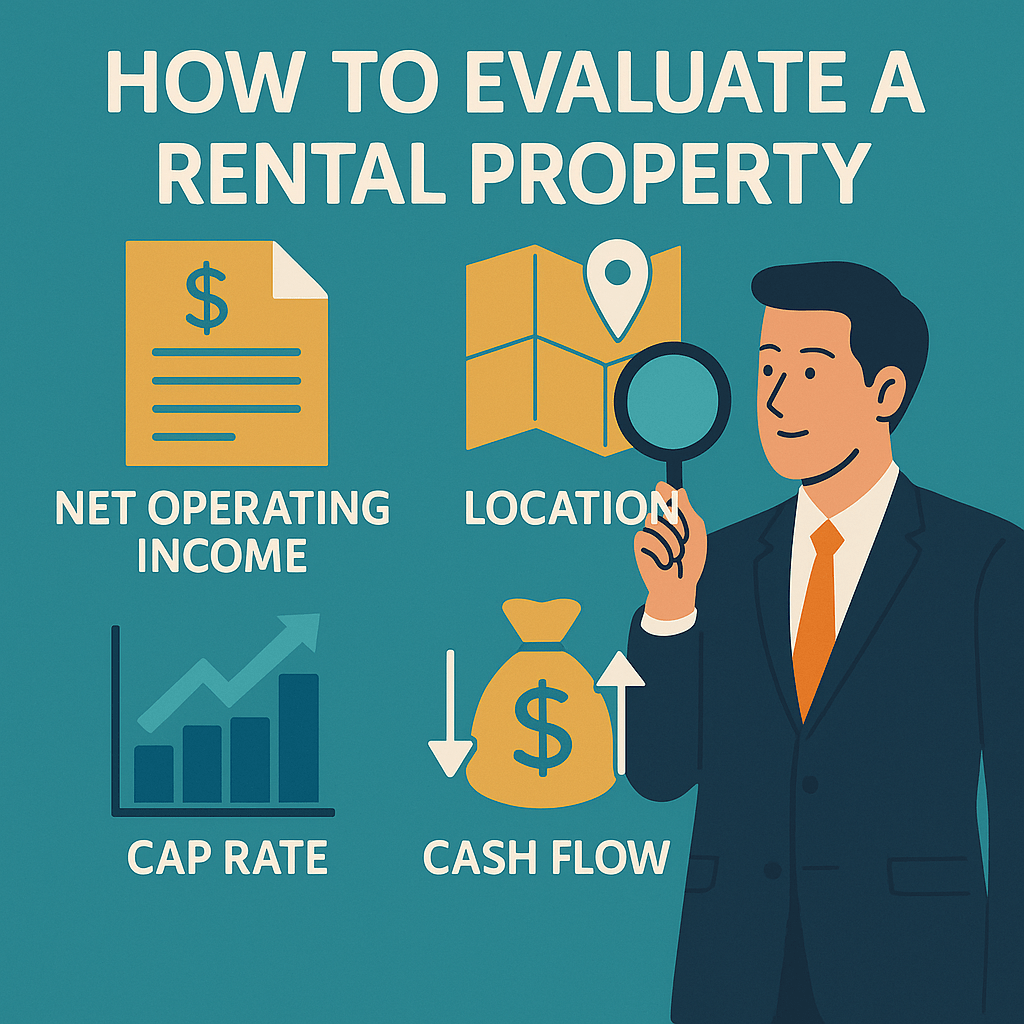How to Evaluate a Rental Property Investment in Ontario (2025)

In This Article:
What Is Rental Property Investment Evaluation
Wondering how to evaluate a rental property investment in Ontario? You’re taking a smart first step.
Evaluation goes beyond comparing listing prices. It helps you understand a property’s:
- Future income potential
- Long-term value growth
- Possible risks and challenges
Ontario’s rental market changes quickly. Smart investors use hard numbers and data instead of just gut feelings when making decisions.
Good evaluation looks at financial metrics, local market trends, and specific details about each property. This gives you a clear picture of whether an investment will pay off.
Why Evaluating Ontario Rental Properties Matters in 2025
The Ontario rental market varies widely across regions. Cities like Belleville and Trenton show strong rental demand, while other areas are leveling off.
Learning how to evaluate a rental property investment in Ontario helps you:
- Find properties with the best income potential
- Avoid unexpected costs like high repairs or vacancies
- Make decisions based on facts rather than emotions
When you evaluate properly, you’re more likely to build a profitable rental portfolio instead of dealing with problem properties.
Key Metrics to Evaluate Rental Properties
To properly evaluate a rental property investment in Ontario, focus on these essential numbers:
1. Net Operating Income (NOI)
This is your rental income minus all operating expenses (but before mortgage payments). NOI shows a property’s true earning power.
How to calculate it: Annual rental income – Annual operating expenses = NOI
2. Cash-on-Cash Return
This shows how efficiently your invested money is working. It’s especially useful when comparing different properties.
How to calculate it: Annual cash flow ÷ Total cash invested × 100 = Cash-on-Cash Return %
Try our Rent vs. Sell Calculator to compare your options.
3. Cap Rate
The capitalization rate helps you compare investment returns across different properties and markets.
How to calculate it: NOI ÷ Property purchase price × 100 = Cap Rate %
A higher cap rate often means better returns—but may come with higher risk too. Use our Cap Rate Calculator to find your property’s potential.
4. Occupancy Rate
Check if the area has steady rental demand. In Ontario, a vacancy rate below 5% is typically a good sign.
5. Expense Ratio
This shows how much of your income goes to expenses. Keep it under 40% for better profits.
How to calculate it: Total expenses ÷ Gross income × 100 = Expense Ratio %
Need a complete analysis? Try our Rental Property Analysis Tool.

Red Flags and Market Insights
Before buying any rental property, watch for these warning signs:
- Outdated systems or delayed maintenance
- High property taxes coupled with low rent potential
- Records showing frequent tenant turnover
- Unclear lease terms or hidden charges
Also, research the local market trends:
- Is the local population growing or shrinking?
- Are there new developments planned nearby?
- Are major employers moving in or leaving the area?
These factors affect your property’s future value and rental income.
Long-Term Strategy and Value Growth
When learning how to evaluate a rental property investment in Ontario, think beyond today’s numbers. Consider:
- Properties near schools like Loyalist College or military bases like CFB Trenton often have reliable tenant demand
- Areas with planned transit improvements or infrastructure projects could see value increases
- Local zoning laws and rental regulations might affect your future plans
Understanding these elements helps protect your investment and boost long-term returns.
Related: How to Increase the Value of Your Rental Property in Belleville
Final Thoughts: Smart Rental Property Evaluation
Mastering how to evaluate a rental property investment in Ontario builds the foundation for successful real estate investing. With the right approach, you’ll:
- Protect your investment capital
- Generate steady rental income
- Make smarter decisions about when to buy, hold, or sell
Remember these key steps:
- Track important metrics like NOI, cap rate, and occupancy
- Research local market trends and regulations
- Pay attention to warning signs and take your time deciding
Need expert help evaluating your next rental property investment? Book a free consultation with Blue Anchor to get professional guidance tailored to your investment goals.
